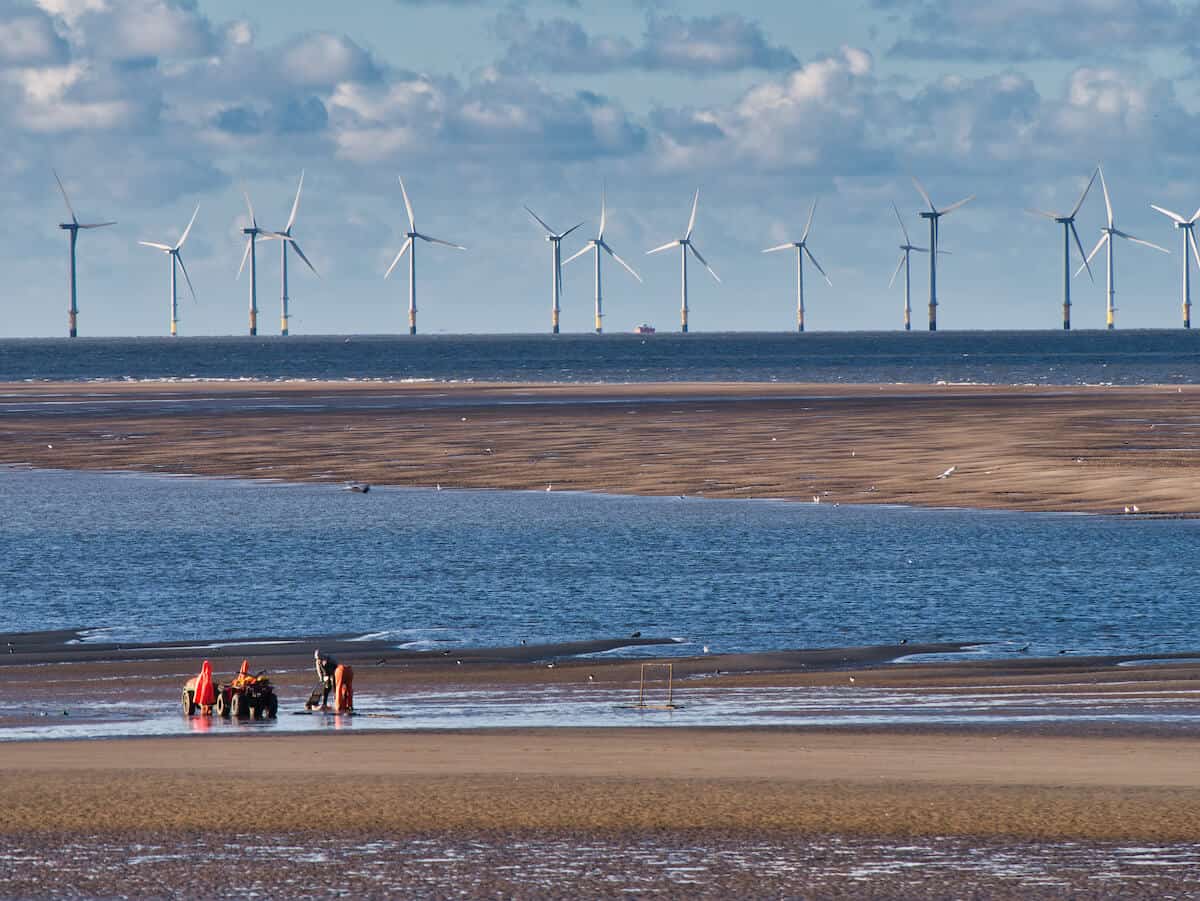
One of the most common questions that businesses are asking is how do you decarbonise your business? We’ve probably all heard the question and know a little about what it means, but what does it mean for us as business operators and what can we do about it?
The UK Government announced on 20th April 2021 that it would set into law, climate change targets that would see the UK reduce emissions recorded in 1990 by 78% before 2035. The aim is to reduce Carbon emissions to the ultimate target of ‘net zero’ by 2050.
Business has a major part to play in this. Industrial applications will be some of the hardest hit, but there’s no doubt that the new legislation will be wide-reaching and affect every UK business, in the drive to reach the target.
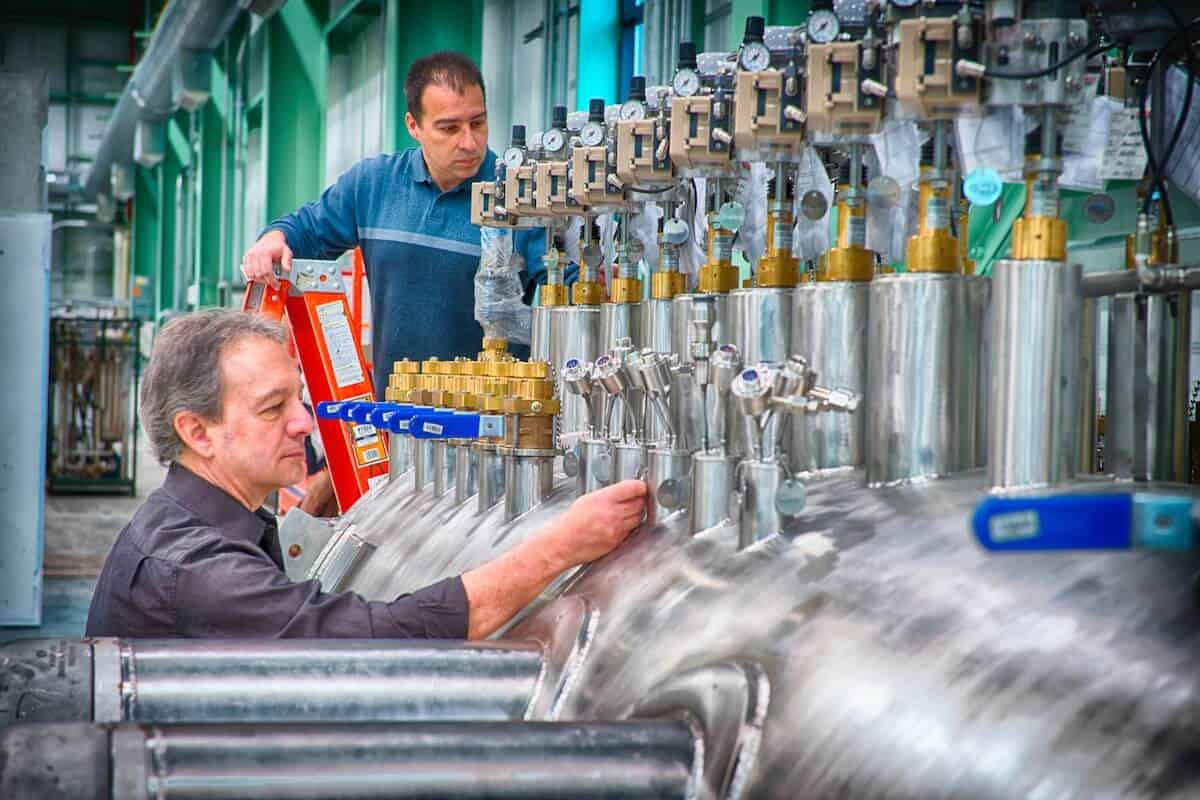
Most of us understand the concept of using less energy, but what do we mean by decarbonisation? What is carbon in this context? Where does it come from and how does that relate to using less energy?
Let’s explain
Decarbonisation is the term used for the process of removing or reducing the carbon dioxide (CO2) output of a country’s economy. So whilst it’s known as decarbonisation, it’s actually referring to the reduction of Carbon Dioxide (CO2).
CO2 is produced when we burn fossil fuels such as coal, gas or oil. CO2 is a Greenhouse Gas that contributes to Global Warming. So-called ‘renewable energy’ options offer either lower or zero-carbon alternatives to burning fossil fuels.
So, if we switch more towards these renewable alternatives to power and heat our businesses, we will burn less fossil fuels and produce less CO2.
If we really must burn fossil fuels, then wasting as little of the power and heat as possible through better insulation and more efficient delivery systems, will mean that we also produce less CO2 for the same level of energy input required. In practical terms, improvements to insulation and tighter control of carbon fuelled systems (heating, air conditioning etc) will produce a significant reduction in emissions and ongoing savings in energy costs/consumption.
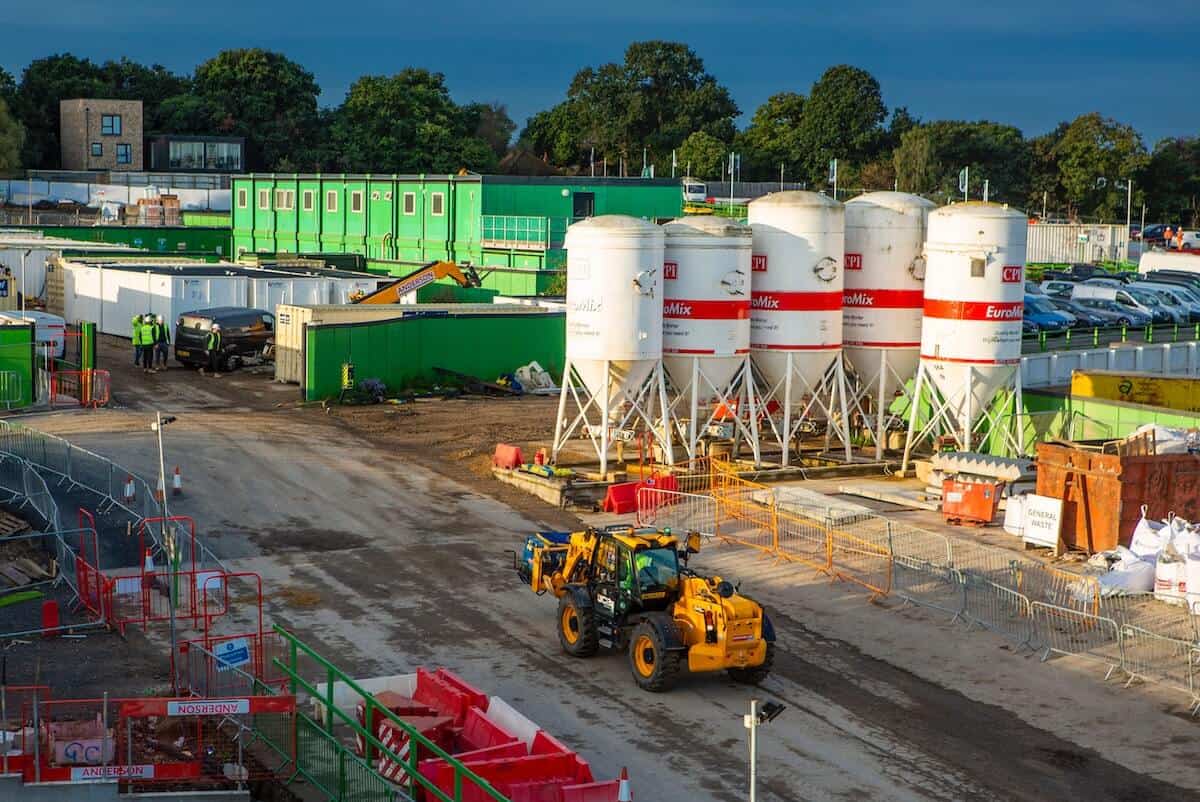
In broad terms, 1,450 kWh of energy produced using fossil fuels will create approximately one tonne of CO2 emission.
Around 500kg of coal produces one tonne of CO2. It would need over an acre of UK woodland to capture (known as sequestering) that amount of CO2. This is why we often hear about tree planting as a way of offsetting carbon production.
As we move towards the target of net zero, there will doubtless be a direct cost to businesses that continue to produce CO2.
In the report written in May 2019 by Joshua Burke, Rebecca Byrnes and Sam Fankhauser of LSE, The Centre for Climate Change Economics and Policy (CCCEP) and The Grantham Research Institute on Climate Change and the Environment, the price of carbon consistent with reaching net-zero would start at £50 per tonne of carbon dioxide (tCO2) in 2020, reaching £75 in 2030 and £160 per tCO2 in 2050.
A typical small business in the UK may use 20,000 kWh per year. Based on an average UK tariff of 17.2p/kWh (BEIS 2020) the annual energy spend would be £3,440. In addition, there is likely to be a Carbon bill too. At current carbon costs, that’s an additional cost of £400 per year or so, but will begin to rise towards a cost of well over £2,000 per year.
The businesses that will be the most affected by this will be those that are considered to be the heaviest producers of carbon. On the Government website, these are listed as power generators; certain large industrial premises and manufacturers, including food processing plants; certain public sector facilities.
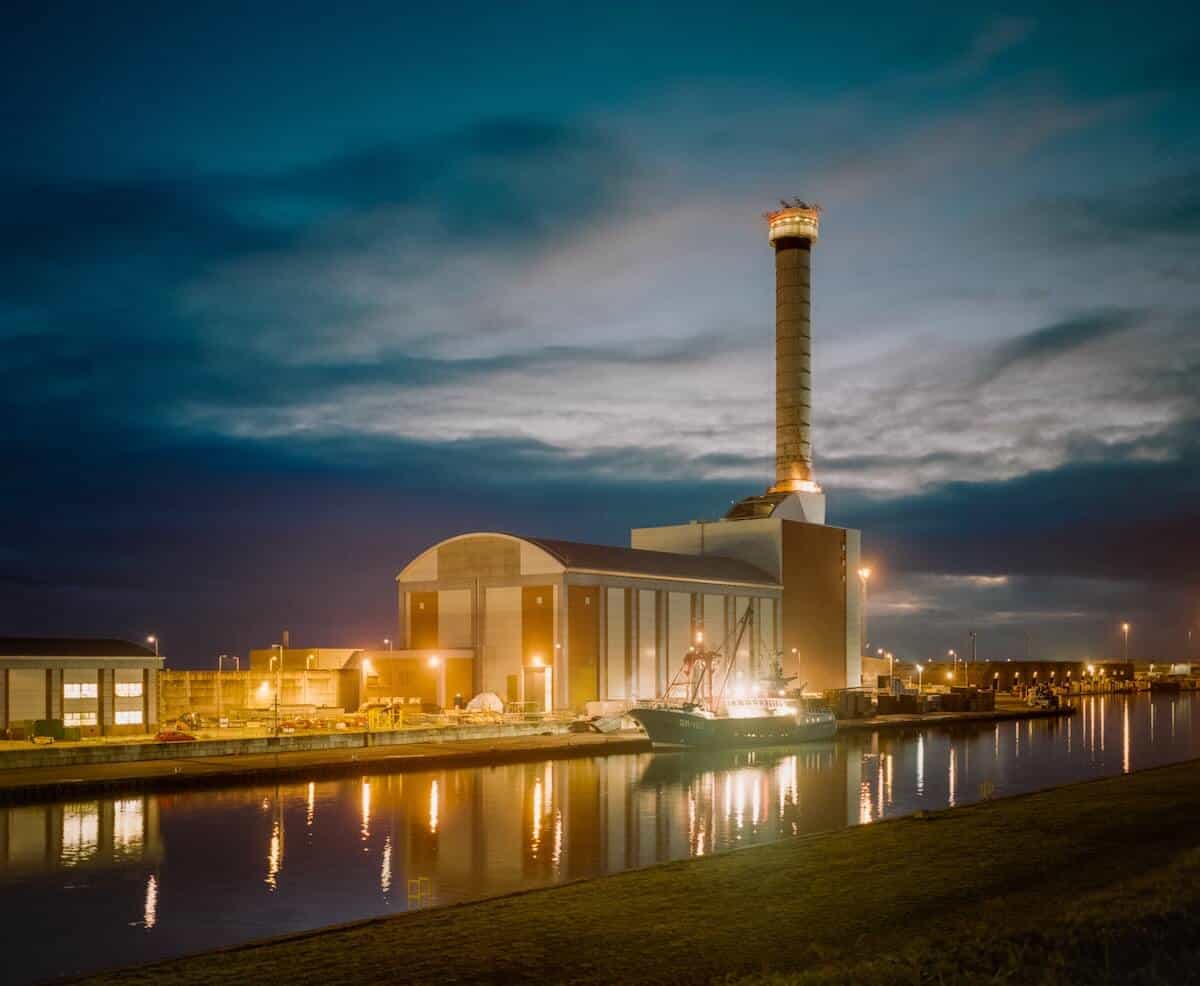
If you are considering how to decarbonise your business, it’s worth looking at these five key benefits to business
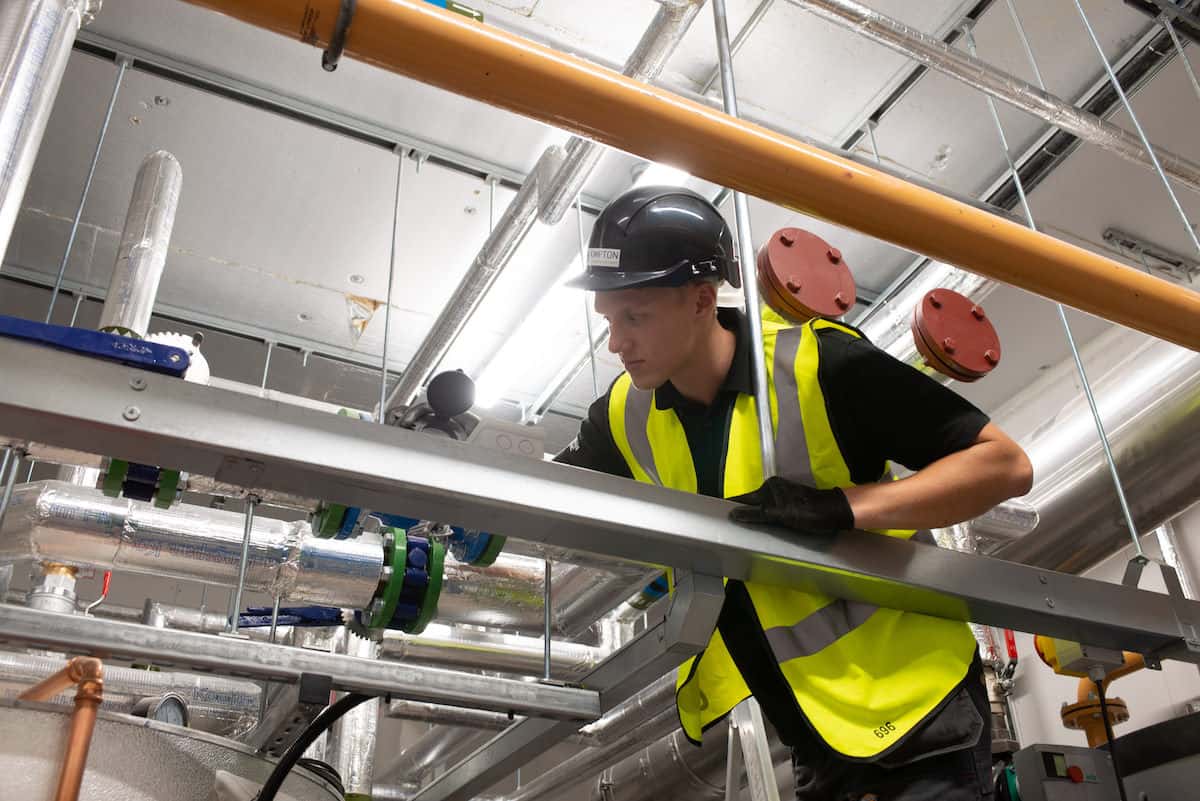
We’ve shown what decarbonisation is and explained the benefits, so let’s look at where the easy wins lie for business.
The biggest single win in any decarbonisation project is insulation. By stopping heat leakage from a building you will burn less fuel to heat/cool the space. If your building is over 5-10 years old, it will almost certainly benefit from additional insulation in the building fabric and the pipework.
With poor insulation your heating and air conditioning is having to work much harder to maintain the temperature. You are literally burning money that is leaking into the atmosphere. Improving insulation dramatically is not always a practical solution, but if improvements are possible, it can easily save 25% off your bills
And it’s virtually maintenance free once fitted, with a life span of 40 years or more.
Every building is different, so there is no ‘one size fits all’ solution, but you have to look at insulation first. It will have a significant impact on improving your EPC rating, which will add real value to your building in the longer term too.
Investment in plant and machinery can be expensive, so improving the insulation and reducing heat loss first, will mean you can specify a smaller plant solution to deliver the same heating or cooling requirement. This is a win, win as when you do upgrade plant, it will be cheaper and more effective.
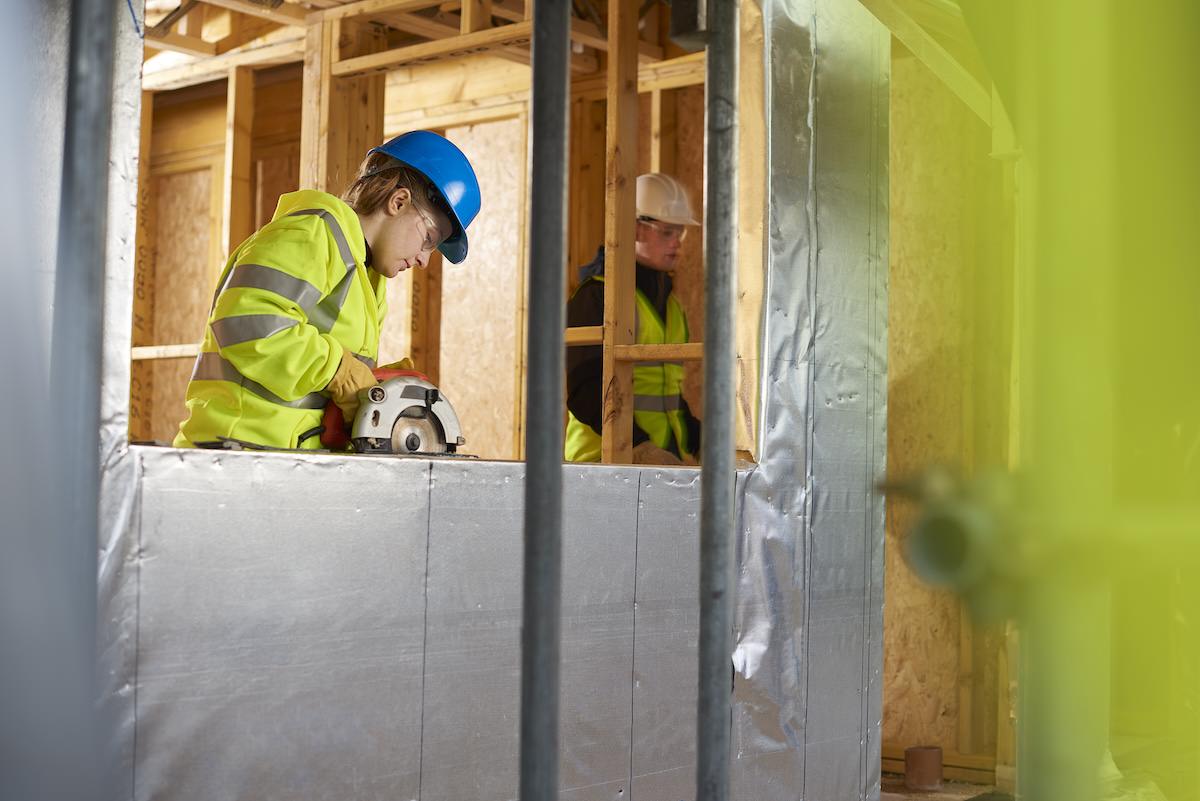
Any boiler or air conditioning system that is properly maintained will continue to operate at optimum efficiency. Planned, Preventative Maintenance Programmes help to maximise life for the plant item, but also evidences when the cost of continued operation is outweighed by the cost of replacement. The cost of replacement can often be helped by Government grants and capital allowances for business on energy efficient appliances.
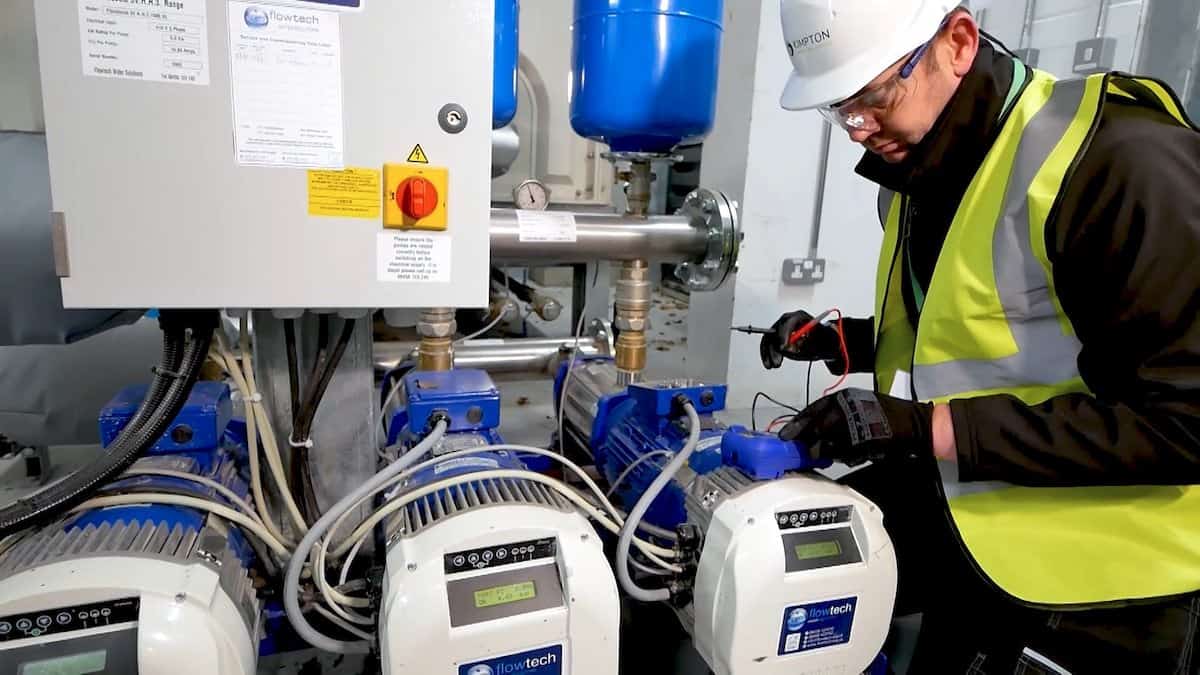
Replacing inefficient air conditioning systems, switching to energy efficient lighting, replacing inefficient appliances and remembering to switch things off, rather than leave them on standby, all have a big impact.
Any gas boiler that is over seven years old will almost certainly be inefficient, compared to a new one. The same is true of air conditioning systems. They are now as high as 98% efficient (compared to 80% ten years or more ago)
Even though this is not a zero carbon option, you will still be making great strides towards reducing your carbon impact by replacing an old system with a new one, as long as you’re well insulated. Before you spend money on new plant, you need to investigate whether spending money on insulation first, will produce a greater improvement for the investment outlay.
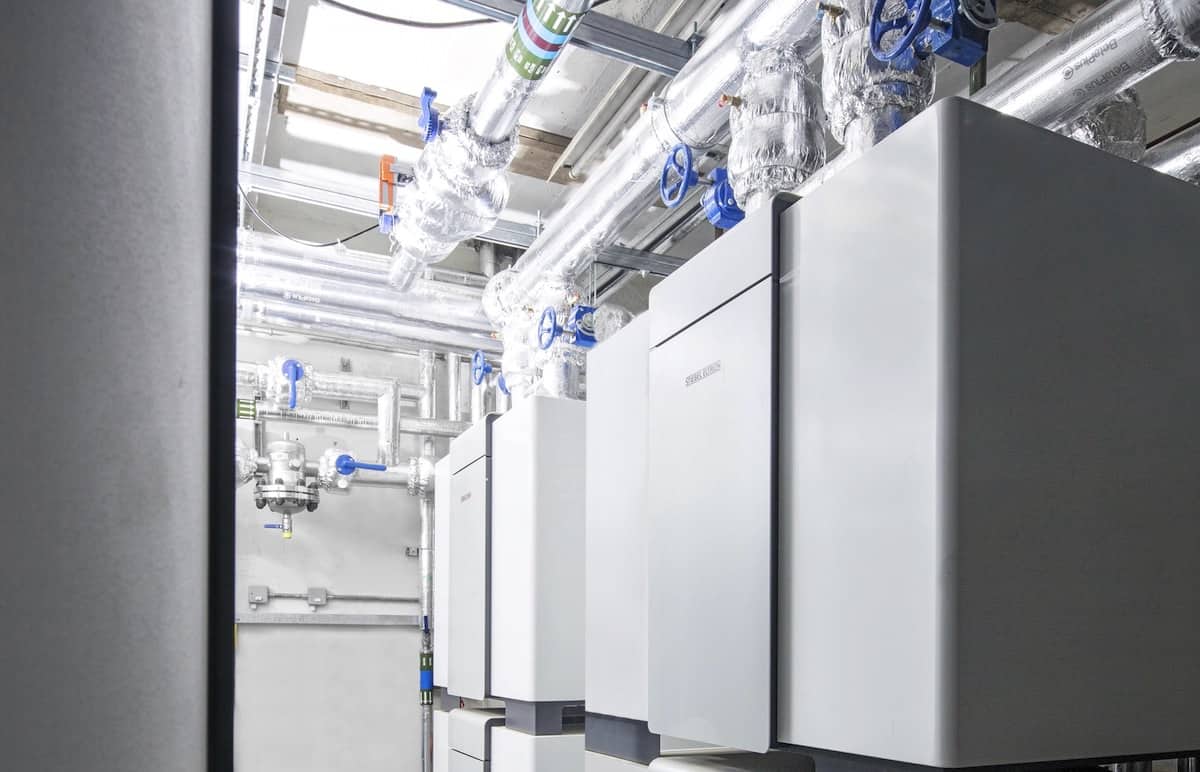
A BMS or Building Management System controls the heating, cooling and often lighting. They are common in larger applications, but the settings are often wrong. In one example, Cheshire-based housing trust reduced its heating bills by 30% – saving £1,796 and 13 tonnes of CO2e a year – after installing a Building Management System. By automatically responding to outside temperature and occupancy levels, the system paid for itself in less than 4.5 years.
Many BMS are linked to CO2 sensors which should be set to import fresh air if the CO2 levels fall below 800ppm. We found one recently set to 200ppm, which meant that the system was effectively continually delivering fresh air, with no recirculation at all. The heating was therefore having to work hard to bring the temperature up in winter from external ambient (3-5 degrees) up to a comfortable 20 degrees inside. Recirculated air can be 17 degrees, so you can see how much less energy this would take to heat.
The savings possible from this simple setting are huge in both day to day running costs and the impact on long term life of your plant.
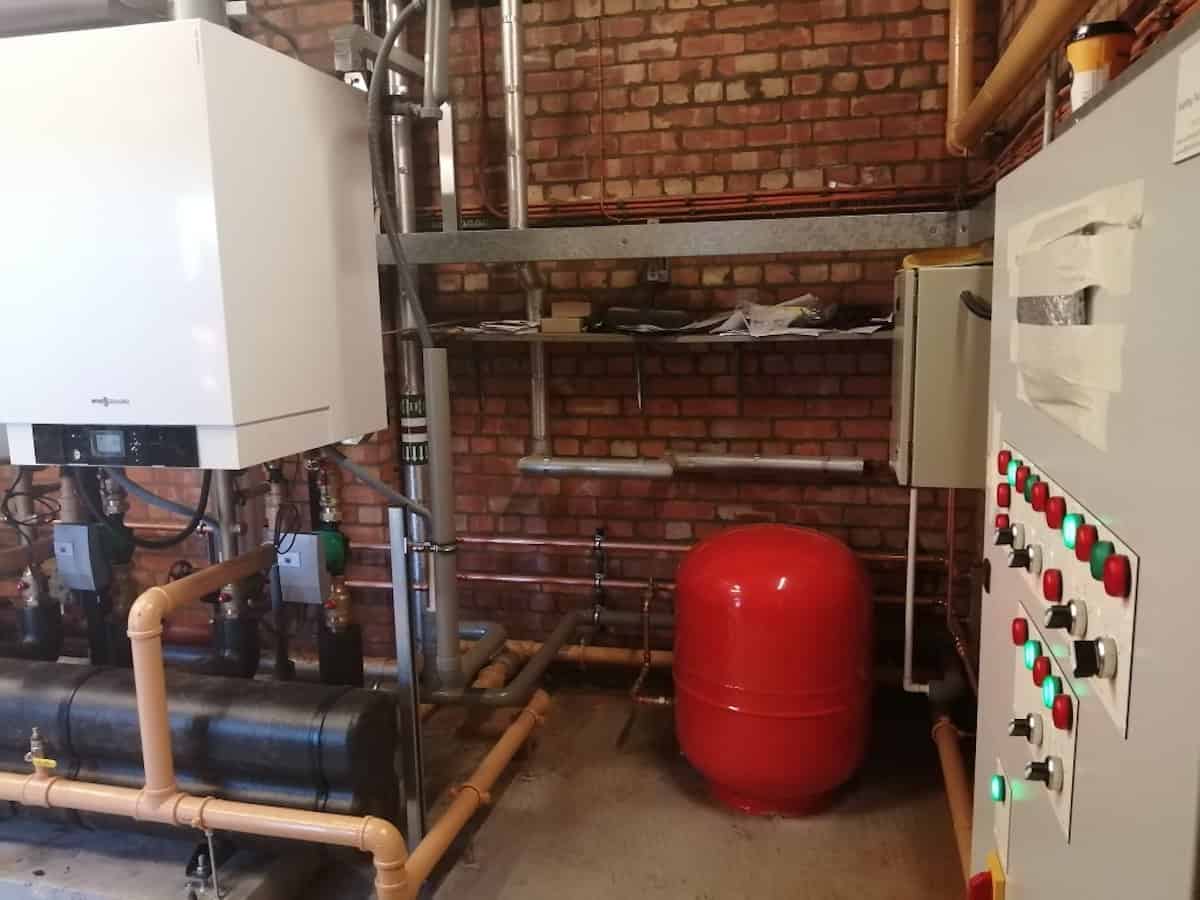
A Heat Pump uses the latent heat in the atmosphere, the ground or the water that surrounds us, to heat the spaces we work in. Installation is relatively easy, even in an older building and can save as much as 50% of the overall energy bill. In our own case study here in a historic building, the CoP of the heat pump installation was 3.4, meaning that for every £ of energy put into powering the system, £3.40 was delivered in heating.
This is a peak figure and over the whole year, when it’s colder outside, the system would need to work harder to deliver the same level of heating. This Seasonal Performance Factor (SPF) needs to be at 2.5 or above to qualify as a renewable technology.
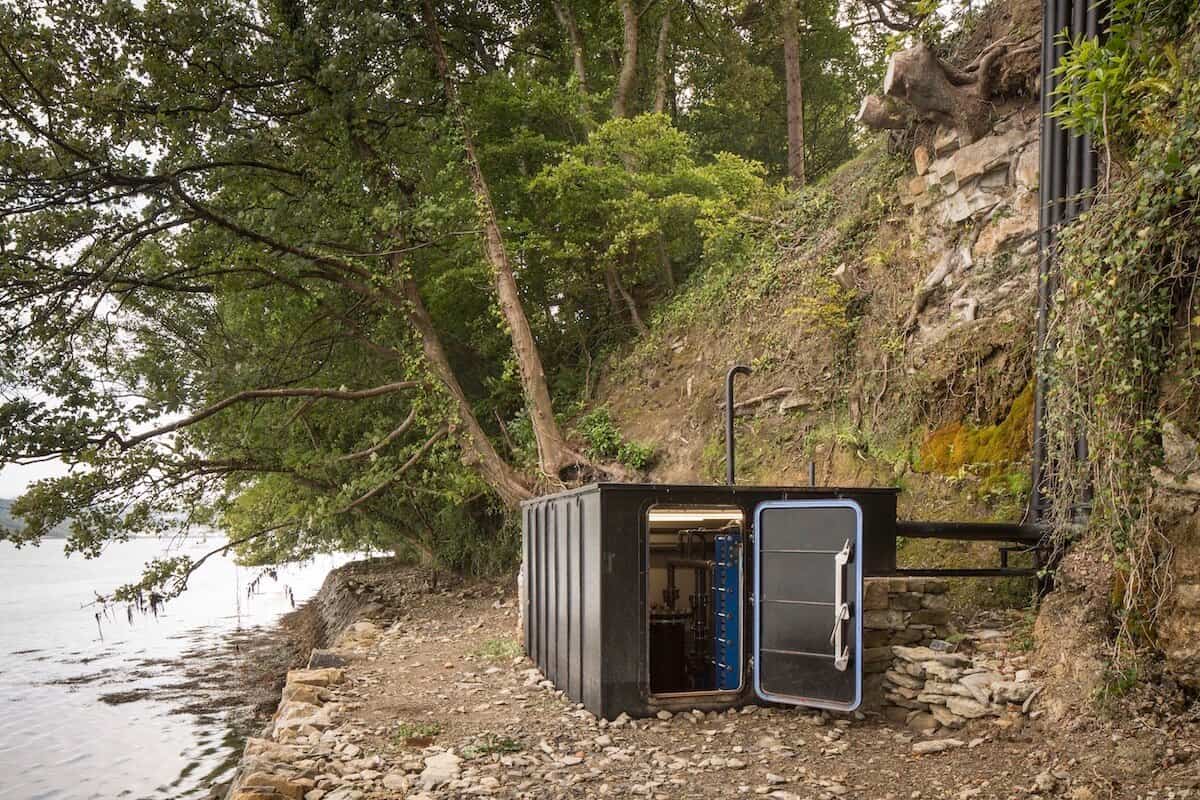
For some, an electric boiler may be more suitable, or in applications such as hotels where there is a very high hot water demand for a very short period (ie when all of the guests have showers in the morning), electric water heaters that make use of lower overnight tariffs maybe even more suitable. These would allow a much lower boiler capacity as it would only be used for heating. This means a lower cost of replacement or upgrade of the boiler and a great service for guests.
Solar PV is an increasingly cheap option for business and offers two huge advantages over residential installation. Firstly, it generates when people are in the office actually using the energy. Secondly, if you offer electric car charging for staff, these are effectively powered for free after the installation cost. Payback for Solar PV can be as fast as three years depending on your usage pattern and existing tariffs, but maybe even more importantly, it secures you a lower average price of electricity for up to 25 years and gives your business a significant commercial advantage.
Some level of self (or micro) generation ensures greater energy security for business. There is also the huge win of 100% asset finance availability and the annual investment allowance which can offset the capital cost against corporation tax in year one.
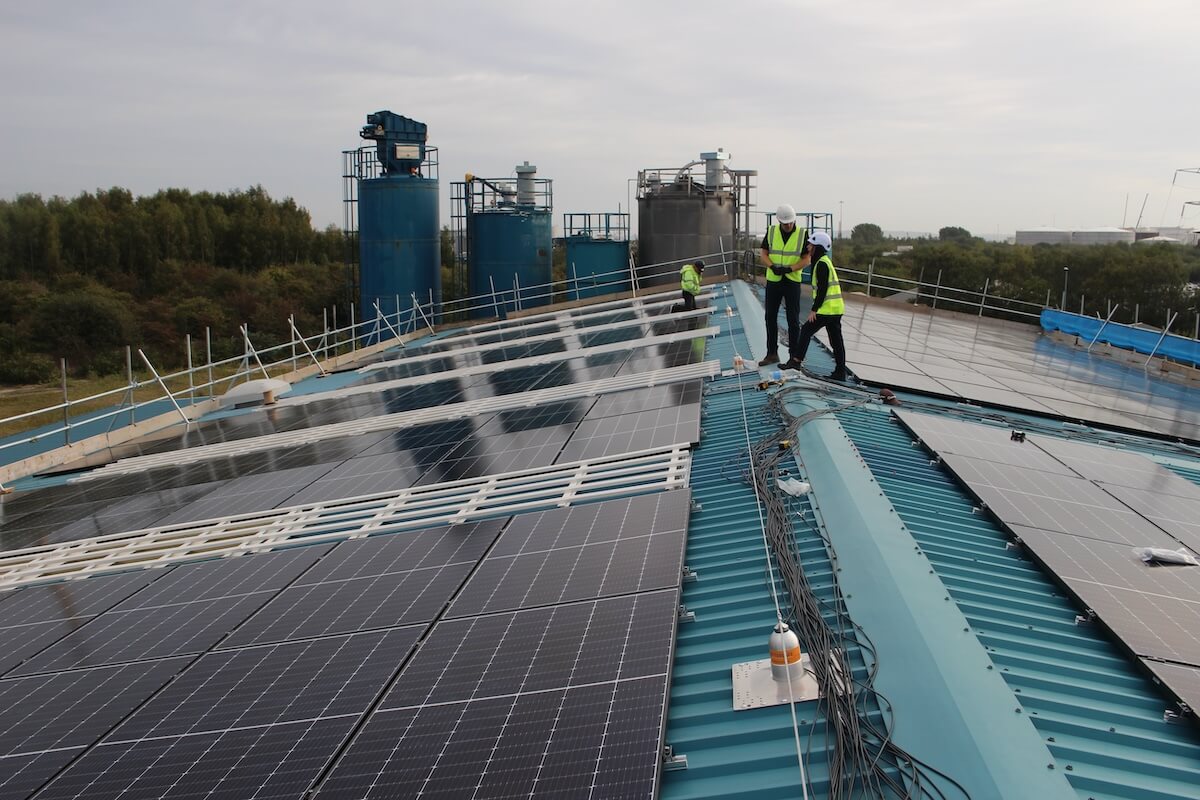
We’ve all been stuck on a train or bus with the sun streaming into our face and literally cooking us in our seats. It’s the same with offices and retail spaces. The sun on your windows can significantly increase the temperature of your work space. If you have air conditioning, the system will have to work harder to reduce the temperature.
But there are two relatively simple solutions.
Window Film
This is application dependent, but for the likes of a swimming pool or leisure centre with a glass gable end, the issue in summer will always be keeping the temperature inside down and in winter, reducing heat loss.
With the application of a solar film to the windows, the harmful UV radiation from the sun is reduced by 99% and heat gain from the sun by up to 80%, without a significant loss of light. It also reduces fading of furniture, carpets and walls as well as improving security, by making windows less prone to shattering.
Glazing
If you have single glazed or older double glazed windows, then, whilst this isn’t a cheap, easy win, it’s an easy win nevertheless. Old style aluminium frames can be awful for heat loss as they weren’t insulated. However, the upside of modern double or triple glazing is greatly reduced ongoing bills and carbon emissions. If you choose a glass such as Pilkington K, you can also get the benefits of reduced solar gain at the same time.
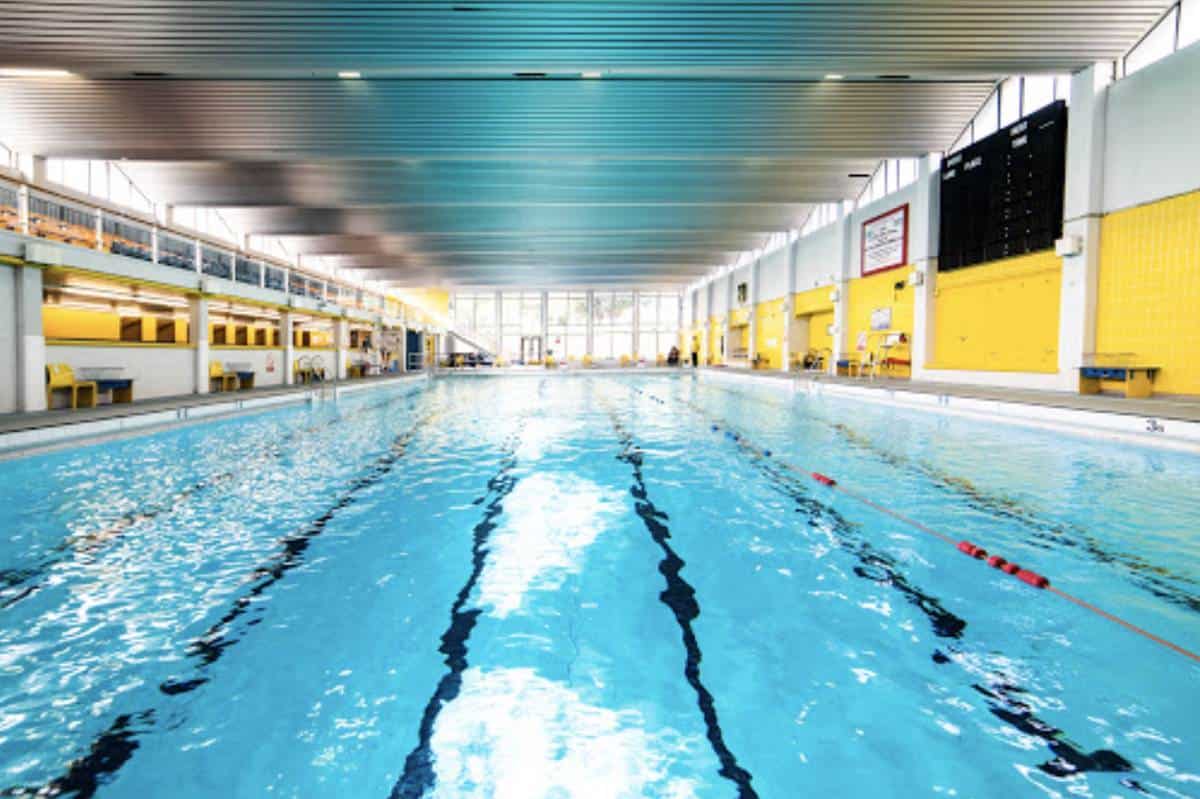
One thing Covid has taught us is that it is possible to work from home and a hybrid working model of part home, part office will save significant carbon in removing some of the physical commute to the office. In the long-term, this will greatly reduce mileage, ease congestion in cities and benefit carbon reduction.
A flexible system where there is some time working at home and some in an office together will have a significant impact when considering how to decarbonise your business.

We believe that making the move to decarbonise your business makes sense. It’s a genuine business win, win. You invest in decarbonisation and it significantly improves the green credentials of your business. As a bonus you get a lower average cost of electricity, lower usage of energy and add value to your business property through improvements to your EPC rating.
Decarbonisation makes sense in short, medium and long term business cost-saving and security – as well as improving your reputation.
If you would like to discuss any of our services, please call 0151 343 1963 or complete the form below and we will be in touch shortly.